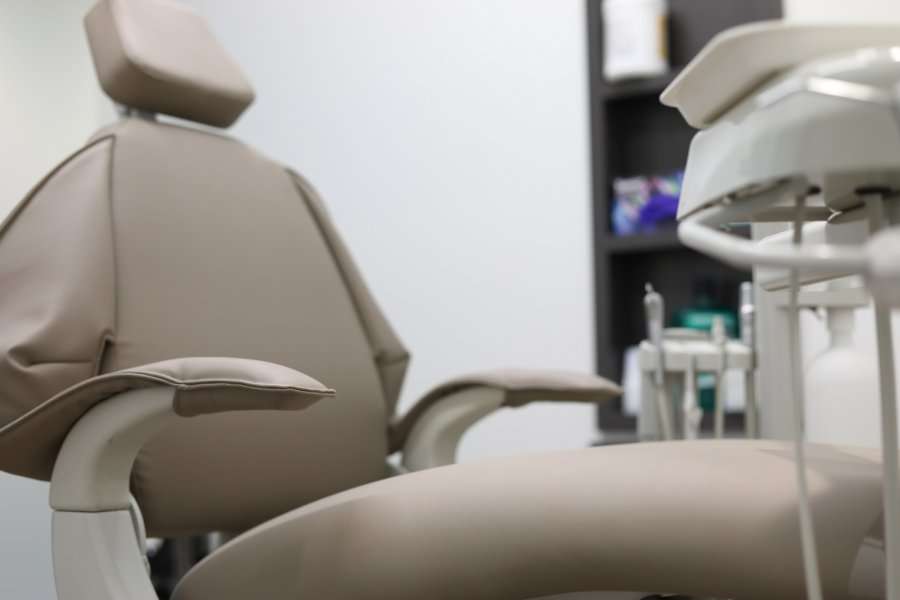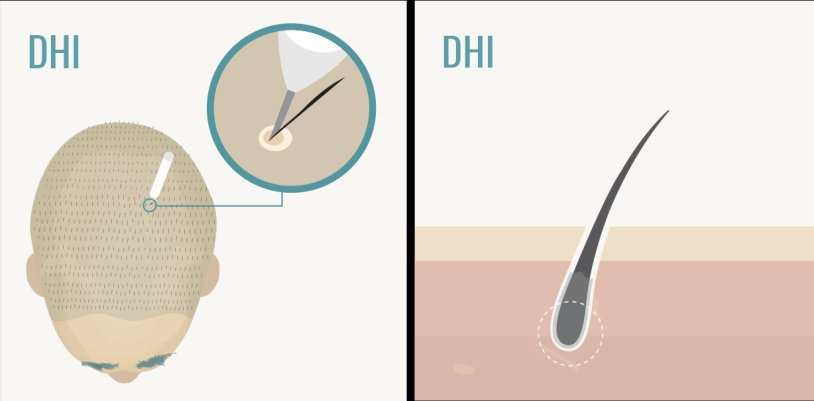Hair transplantation in Turkey is a field that keeps improving every other day. Direct Hair Plantation (started in Korea) is considered as the newest method, while some remain suspicious and doesn’t consider it as a recognized method in the field. This is a topic that is open to debate, yet in this article our aim is to remain objective.
FUE hair transplant method follows the extraction of the grafts and the implanting of them, i.e. creation of the recipient area and implantation processes are done as different steps, on the other hand, these processes are done simultaneously in DHI method. Furthermore, this technique doesn’t require surgeons to create channel incisions in the donor hair area with implanter (choi) pen, because hair follicles are extracted and implanted directly. Therefore, the DHI procedure is also called the Choi method.

Let’s start by answering this question by defining “sedation” first. Sedation is the act of keeping a patient calm or making them sleep under sedative drug. The level of sedation, types of drugs and the amount will be given to a patient vary depending on the patient’s needs. Sedation is given to the patient under the supervision of an Anesthesiologist.
Sedation makes hair transplant procedure less painful or no painful at all. As a consequence, patients will have a more comfortable operation as they won’t be feeling any pain during the process. Generally, hair transplants are claimed to be painless procedures but for those who have needle phobia, implanting procedures may become a true nightmare. Sedation method helps people who have this kind of phobia to feel at ease.
When hair plantation procedures are considered, sedation is optional. It’s completely safe and sufficient, yet not mandatory. Upon patient’s request, the operation may be performed without sedation process.

When performing a hair transplant operated with the Choi implanter, surgeon or the medical team transmit the extracted grafts into the implanter pen. During this process hair grafts are inserted gently within the hollow needle that is located at the end of the implanter pen. Then, the pen is handed back to the surgeon.
Subsequently, the surgeon inserts the needle to the patient’s scalp at an angle of 40-45 degrees and implants the grafts by pressing down on the plunger.
Generally, a total of 2-6 dhi implanters (depending on how much graft is needed) and 15-16 needles are used with a device that comes with different needle sizes that fits any follicular unit grafts.

Each hair transplantation method comes with advantages and disadvantages. Below are the advantages.

When compared to the fue hair transplant method there are some disadvantages of dhi hair transplant method:

Characteristics of the hair plays a great role in determining the candidacy for this procedure. While thick and straight hair is appropriate, curly and thin hair is difficult to work on with this specific tool. If you are suffering from hair loss and think you are suitable for this type of hair transplant procedure, you can consult a surgeon and plan a strategy together.
Referance:
DHI stands for Direct Hair Transplant and it is also called Choi-pen.
Normally hair transplant operation has 3 steps :harvesting,opening channels and implanting. But for DHI we harvest hair follicles and then we open channels and implant in the same time with DHI.
No. Operation is totally painless because patient will get local anesthesia.
The device has a place for hairs and nurse load it with a graft and surgeon place it directly to the scalp. Normally hair transplant operation has 3 steps :harvesting,opening channels and implanting. But for DHI we harvest hair follicles and then we open channels and implant in the same time with DHI.
Beacuse woman generally do not want their hair to be shaved. And with DHI we do not need to shave hair for implanting area. We can implant in between hairs with the device. But for man MicroFUE is recommended because it gives more density.
Actually it is not a new method anymore. And because it takes less time than MicroFUE some clinics offer this method to save time. But we do not recommend it for men (unless they don’t want to shave hairs) because of its round edge it gives less density than MicroFUE or Sapphire blades.

Hair Transplant Vlog
Hair Transplant 2nd Step
Hair Transplant 3rd Step
Would you like to read recent news about hair transplant?